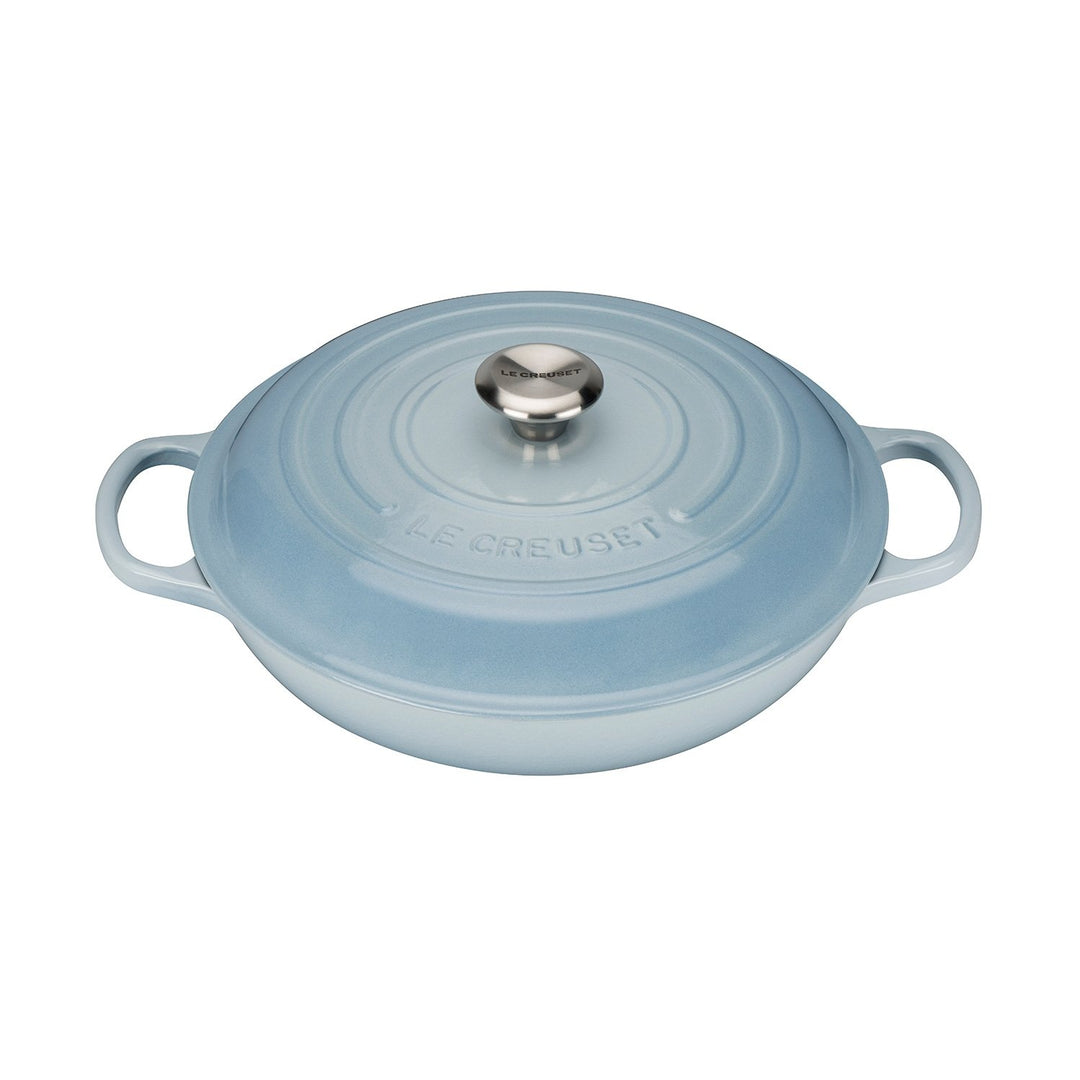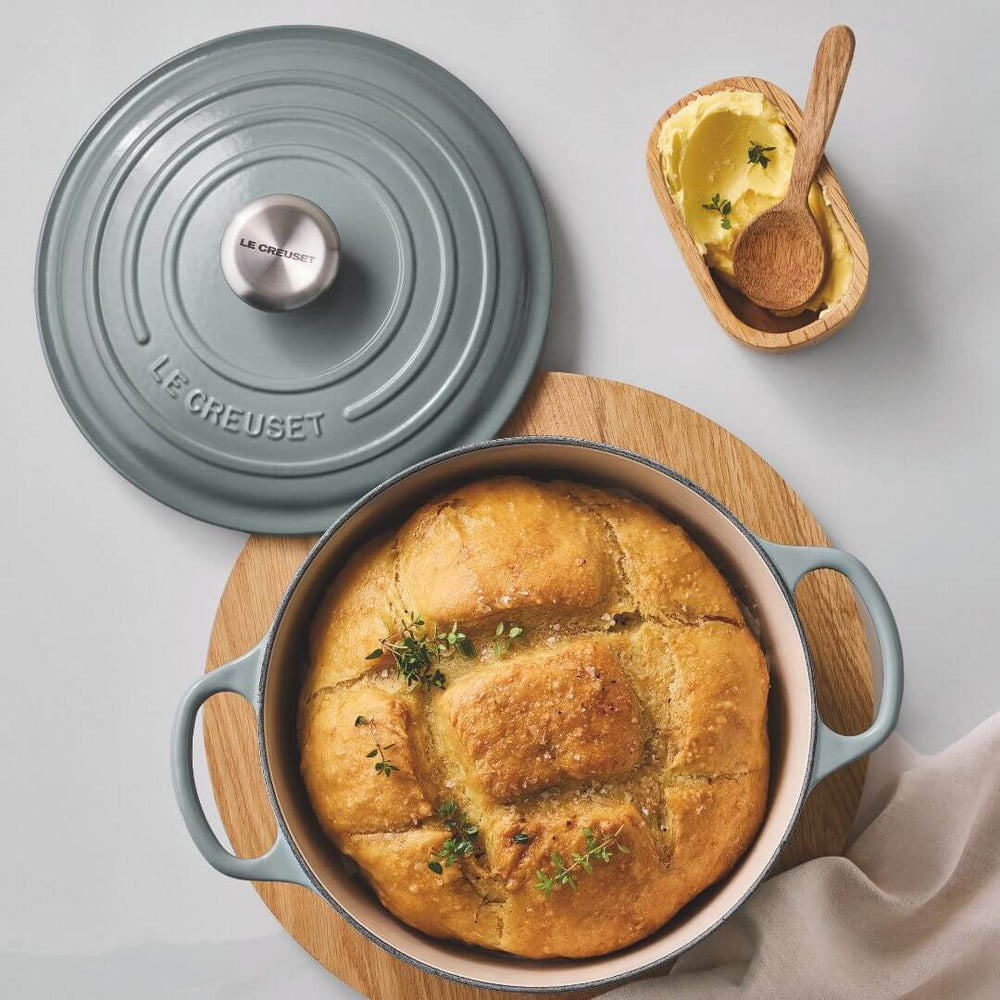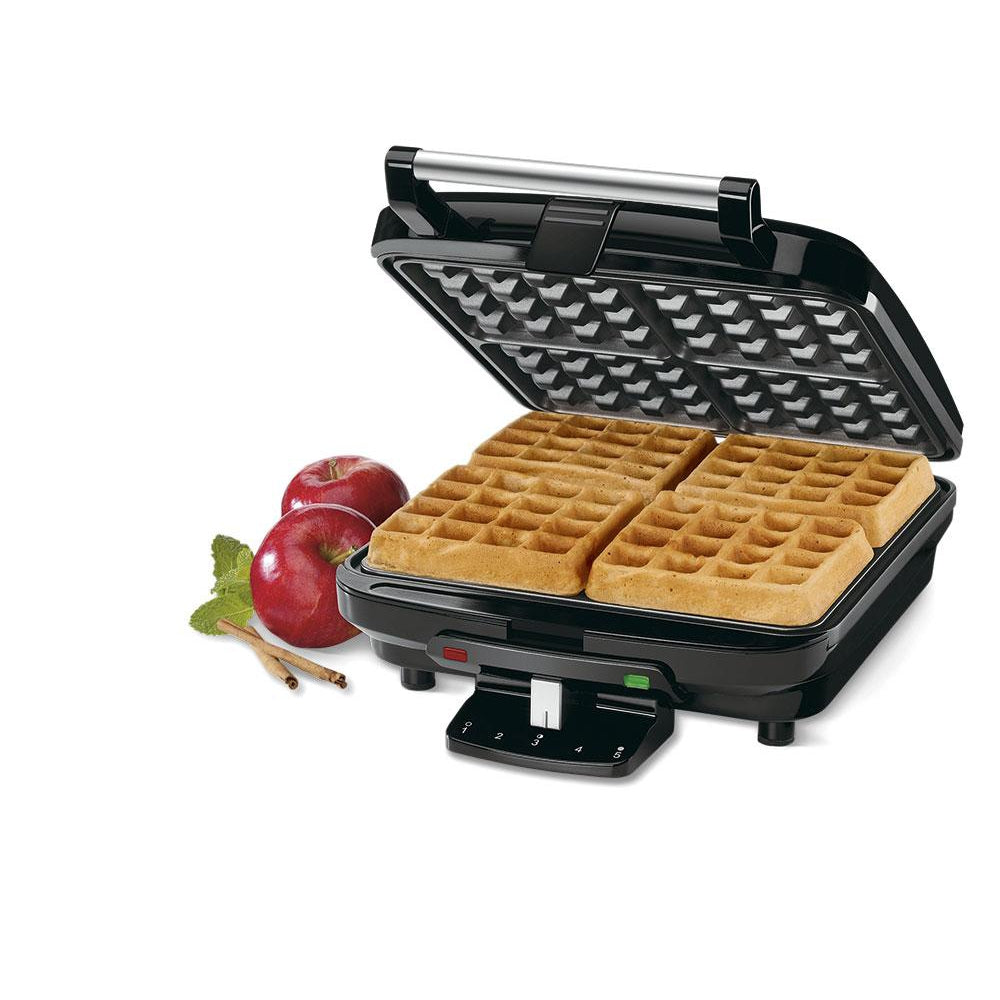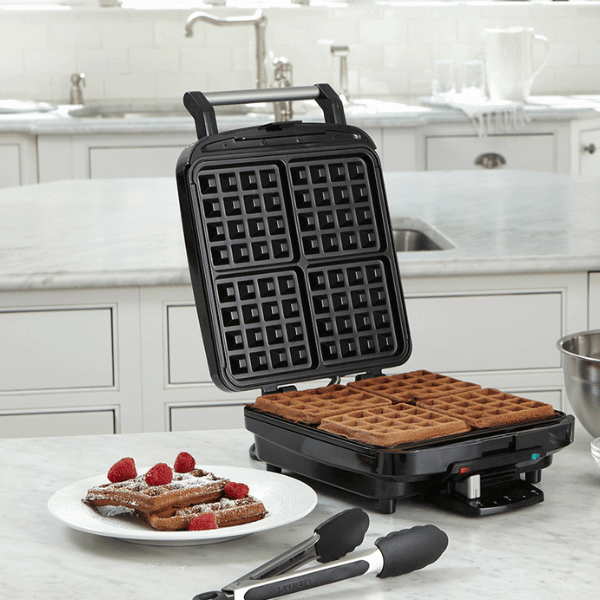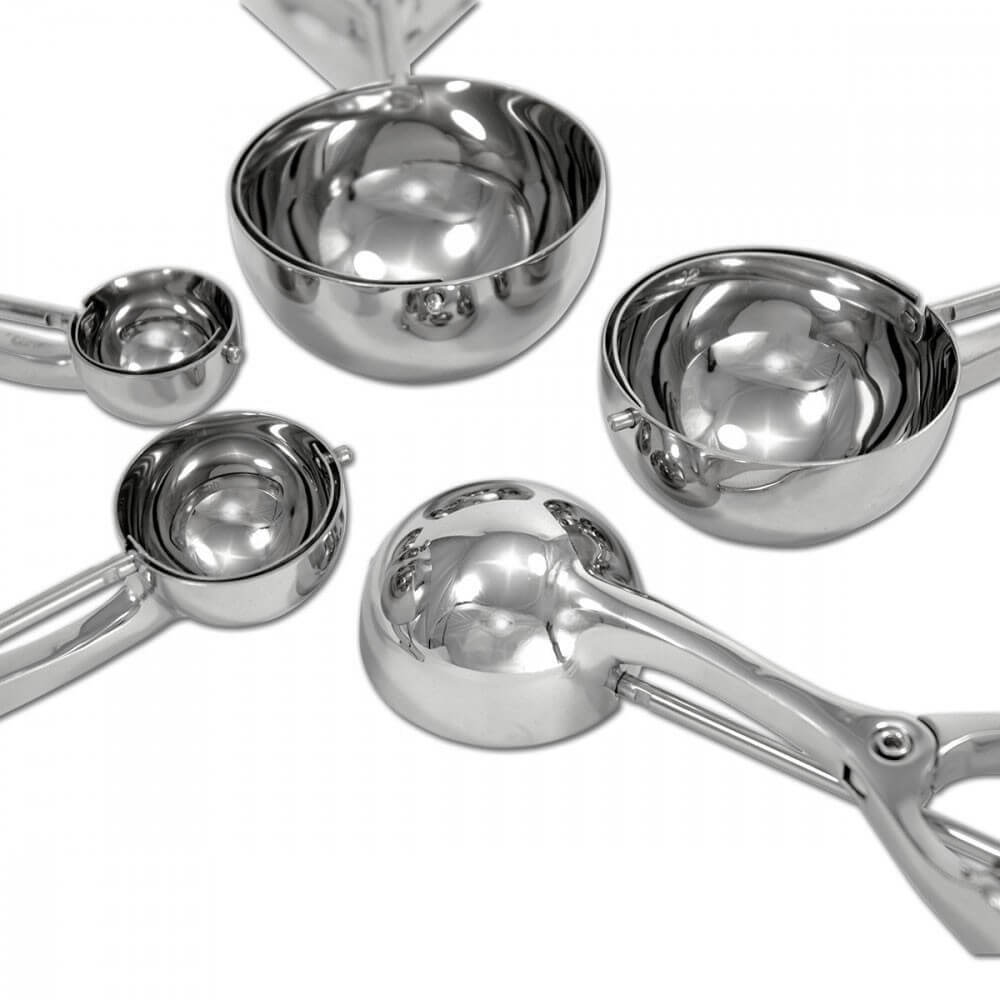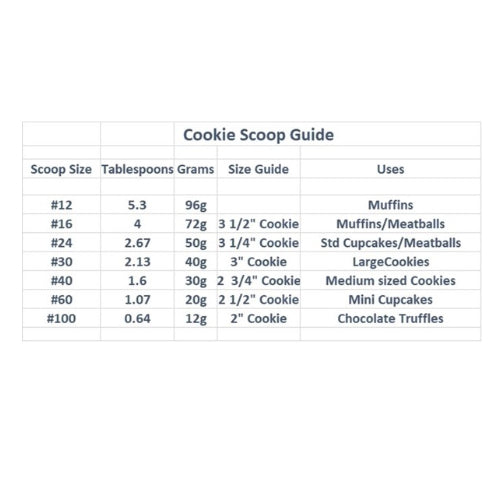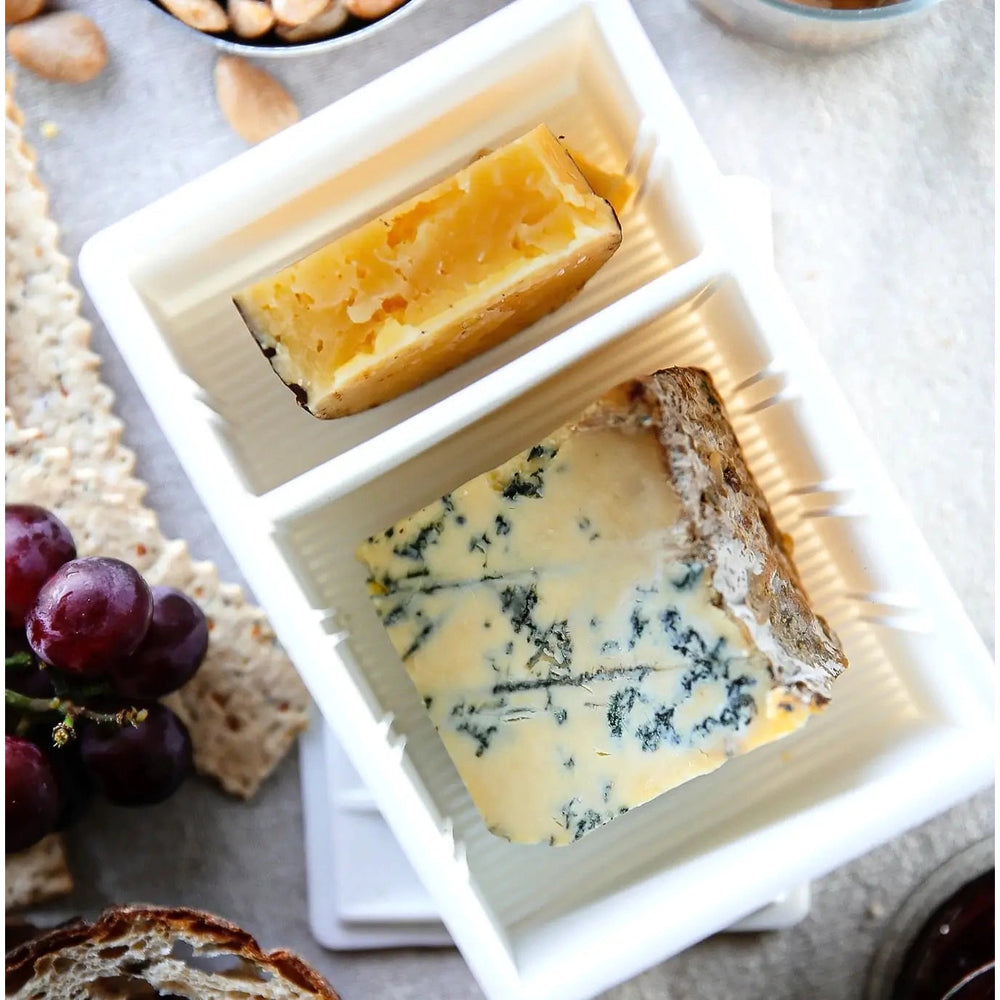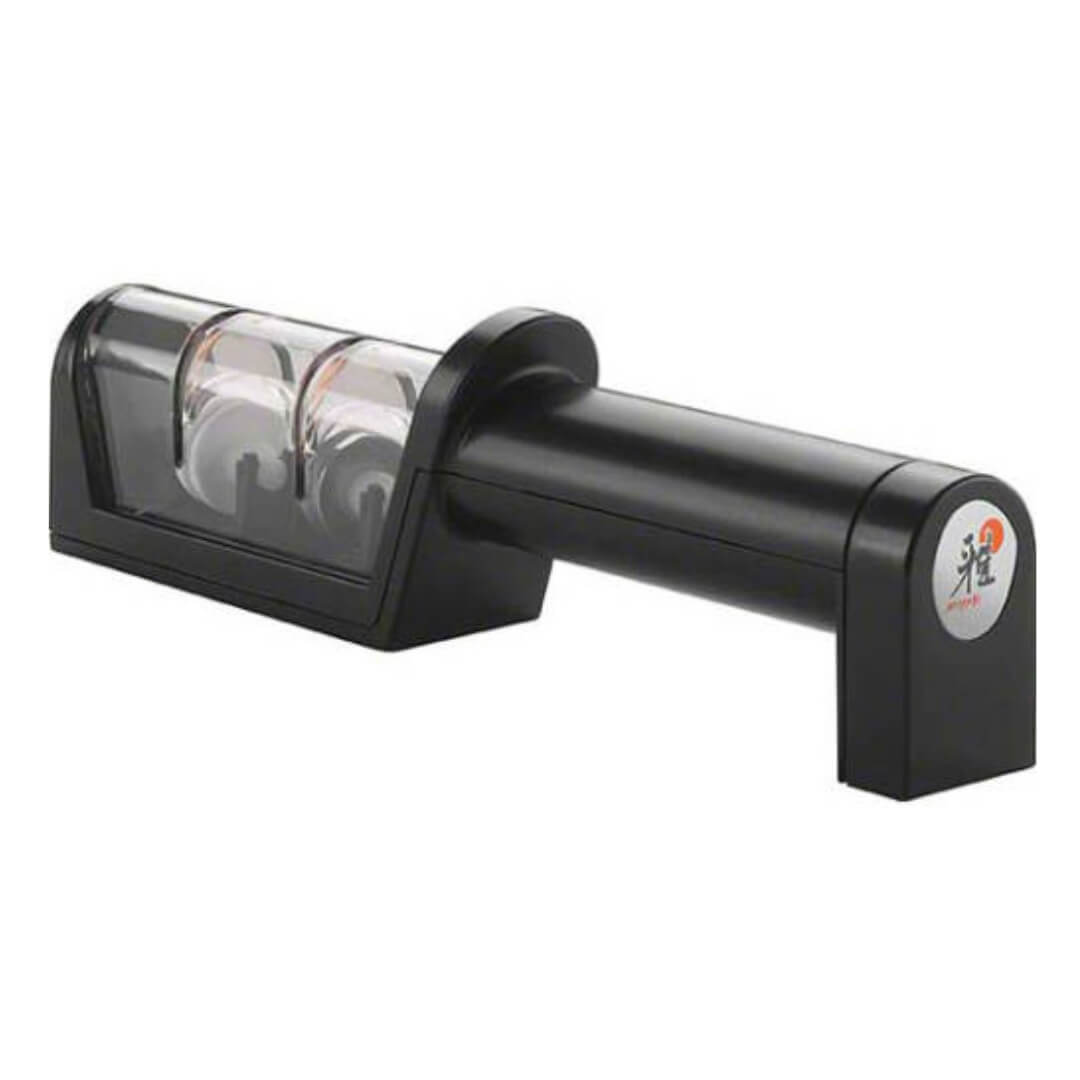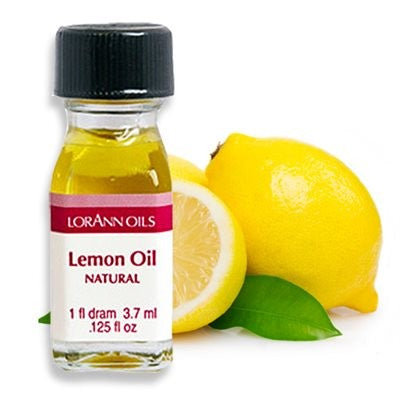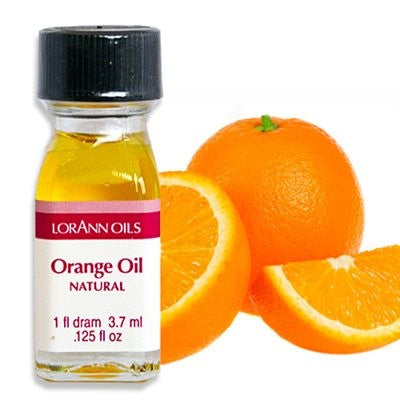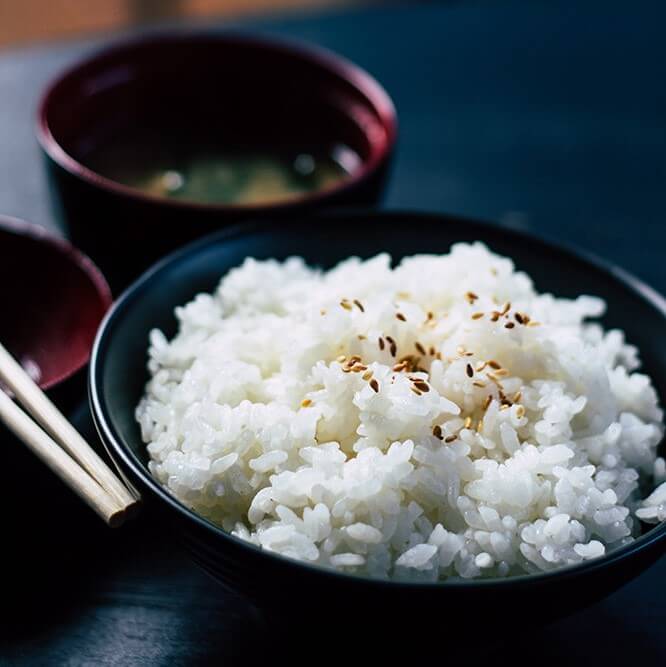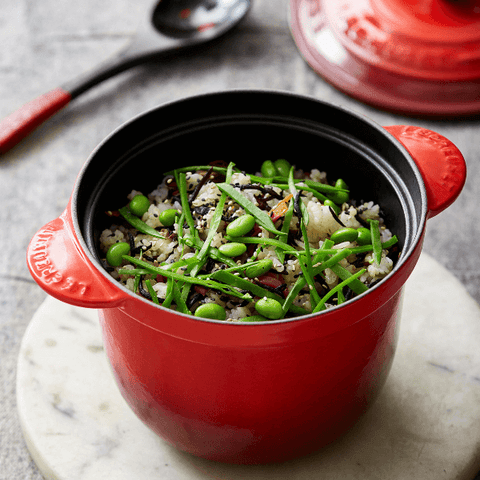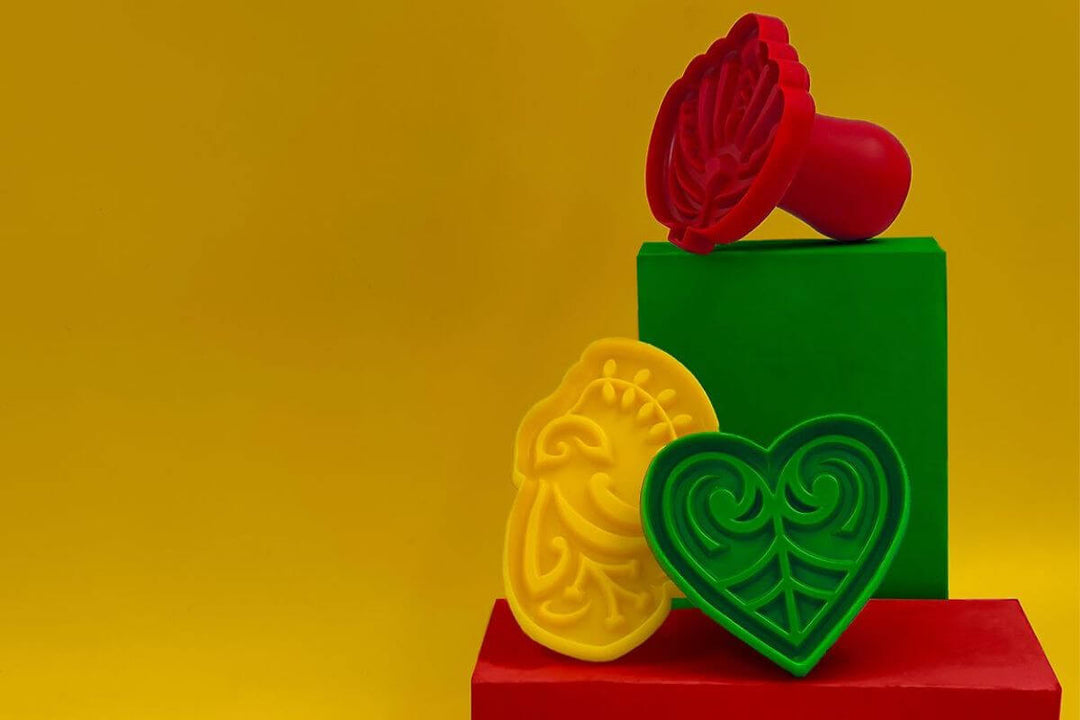Milly's 101 Guide to Perfectly Fluffy Rice
Rice! Half the world’s population relies on it as a major part of their diet but of all the carbs we discuss here in the store, rice seems to be the one that freaks people out! We reckon you need to look rice square in the eye and refuse to be intimidated! To get you off on the right track, we’ve discussed the in’s and out’s of rice cooking with the collective Milly’s team and condense for you here their 100% foolproof method(s) and, you may be pleased to know, there’s not a rice cooker in sight!
As you know, we’re not big fans here at Milly’s about cookware that serves just one purpose. Though we are prepared to make a couple of exceptions (paella pans, tagines and crepe pans spring to mind) none of us can see the sense in a large, bulky single use appliance like a rice cooker (unless you have a large family and think you’ll be using it almost daily). Instead we encourage you all to look for a solution from your current cookware. Most of us here at Milly’s grab our cast iron casseroles (Le Creuset or Staub) but a good, heavy bottomed stainless steel pot is just as good. It’s more about the correct ratio of rice to water (I favour the absorption method myself which results in light, fluffy rice which still has a pleasant amount of ‘stickiness’ allowing a little more ‘chopstick adherence’ and also perfect with a curry) and bang-on timing. Ok, enough with the lecture … let’s do this!
Here’s our basic how-to for perfect fluffy white rice – Absorption Method
You’ll need:
• a heavy-based saucepan or cocotte with lid.
• a strainer or sieve for washing the grains,
• 1/3 to ½ cup of rice per person.
• and a timer.
Truly, that’s it! And now for your directions:
1. Rinse the rice in several changes of water and until the water runs clear - not essential but I find this definitely improves the flavour and stops excess surface starch making your rice overly sticky. If I’m making a pilau or baked rice dish, I’ll also soak it for 30 mins or so which seems to make the grains cook more evenly and they break less (meaning they don’t go mushy as quickly) – no clue why this is, sorry. And if I have soaked it, I’ll usually reduce the water by a couple of tablespoons per cup (see next step).
2. Measure your water* carefully. For jasmine rice we recommend 1.5 cups of water to every cup of rice, for long grain white and basmati, we recommend 2:1 water to rinsed and well drained rice. For other rice, brown, short etc, check the water/rice ratio on the packet.
*Feel free to use stock (chicken or vegetable) and to substitute (no more than 1/3 water for coconut milk though, which is delicious with curries).
3. Cook: bring your chosen fluid to the boil in a heavy based saucepan or casserole (with a tightly fitting lid). As soon as it’s boiling add your rice, stir once or twice to prevent the rice clumping into a lump in the bottom then slam on the lid. We don’t recommend salting your rice as we prefer a simple, clean tasting rice to complement our dishes – this is totally personal preference though so feel free to salt away!
4. Simmer: Bring the water back to the boil then immediately lower the heat to as low as your stove will let you go (and we really do mean low – some of you may need to consider a simmer mat if you’re on gas to diffuse the heat over the base of your pan). Cover with the lid and do not disturb for 15 mins.
5. Steam: When your 15 mins is up, remove the lid and gently fork the rice through to loosen the grains. Cover the pot with a tea towel and leave the rice to steam off the heat for another 5 mins (although you can leave it for up to 20 mins if using a cast iron casserole which retains the heat so well).
6. Serve: After steaming, remove the lid and fluff again with a fork before serving.
The boiling in lots of water method. If you are still feeling rice anxiety and would like to start with a simpler method you could try the following:
Bring to the boil 3 litres of water. Dump in your measured rice. Bring back to the boil (watch carefully as, for us, this almost invariably boils over) then reduce heat to a simmer. Cook for about 10 mins then drain well. Tip your rice back into the still warm pot and leave to steam for 5 to 10 minutes, covered with a tea towel. Fluff and serve.
How to for other rice varieties;
Short grain; Same as long grain but pay more attention to the washing stage, as short grains tend to be starchier but be careful as you don’t want to break-up the grains during the straining.
Brown rice; Wash then soak your rice for 30mins-1hr then strain and follow the same method as long grain but with a longer cooking time. Cover and bring to a boil, reduce the heat, and simmer on very low heat for 45 minutes. Let stand, covered, for 10 minutes before serving.


